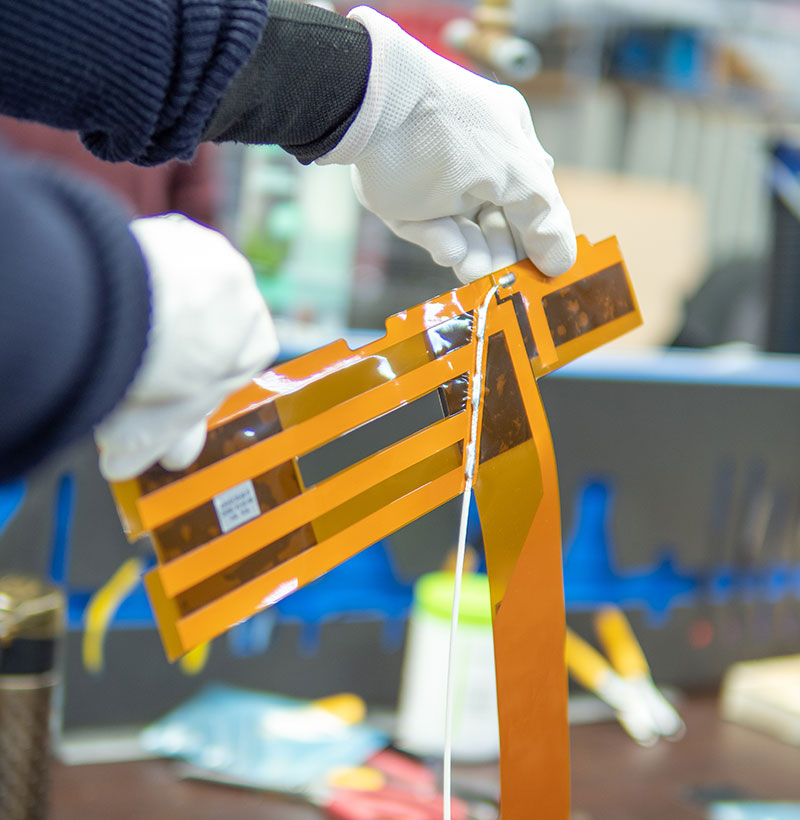Cable Assembly length tolerance have different considerations than the dimensional requirements for other types of products. Machine tolerances are typically much tighter than the dimensions you will see on cable assemblies.
Some of the reasons for this is that the equipment used to process wire and cable sees some variation with the elasticity or friction coefficient of insulation. When contacts are put on wire there is a tolerance for the contact placement on the wire. When wire twisting is introduced, there may be some variation due to the amount of twist. When there are breakouts in a harness there will be slight differences in exactly where the breakout occurs. When these or other elements of variation are combined- there can be a buildup of the tolerances required.
Reasonable Tolerance
What are standard tolerances? The IPC Standard for cable assemblies is fairly loose.
≤ 1 ft = +1 in -0 in
>1 ft – 5ft = +2 in -0 in
>5 ft – 10ft = +4 in -0 in
>10 ft – 25ft = +6 in -0 in
>25 ft = +5% in -0 in
Many applications can handle those standard tolerances, but it is reasonable to expect a tighter tolerance if it is required by the application. These are some tolerances that that should be easily held by competent cable assemblers.
0 to 10” = ± .125”
11” to 20” = ± .25”
21” to 50” = ± .50”
51” to 75” = ± 1.00”
76” to 100” = ± 2.00”
101” to 150” = ± 3.00”
There are other formats that work equally as well and often expressed as a percentage of length.
Technical Cable Applications is Here to Help
All the elements on a drawing are considered to be critical by Technical Cable Applications. Dimensional tolerances are closely adhered to on every assembly produced. If you need help determining tolerance for your drawings Technical Cable Applications will Help.
